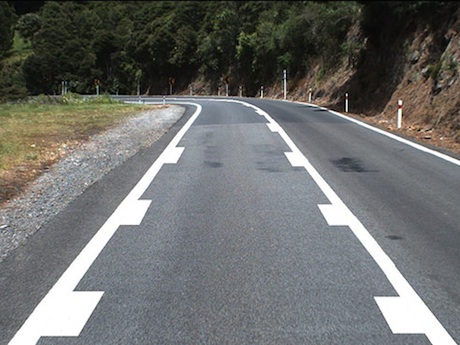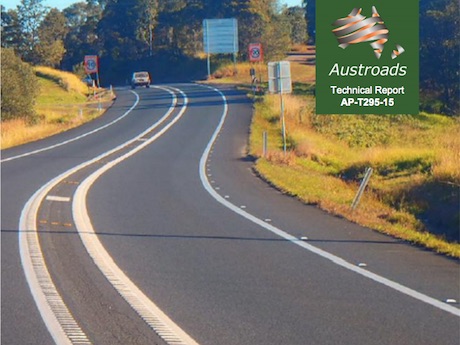Some bike crashes are caused by poor rural road design, according to an Austroads report.
The Austroads Road Design Task Force report analyses a wide range of rural road design theories, with a special section just for motorcycles.
This is a welcome departure for Austroads, the leading transport and traffic authority in Australia and New Zealand, which has previously shown scant regard for motorcycles in other reports.
Some of the identified problems with rural roads that cause crashes include a lack of sealed shoulders, steep downhill grades combined with curves, roadsides with close hazards such as trees and high-volume intersections.
The report proposes a number of possible changes to Austroads road design guides aimed at reducing the casualty crash risk on rural roads.
It also identifies elements specific to motorcyclists and sources a 2010 study of more than 30,000 curves.
The study identified four road design elements that had a significant impact on bike crashes: length of the curve, curve radius, distance from the end of the curve and shoulder width.
It says that as the curve length increases, motorcyclists have an increasing risk. A 1% change in curve length increased the crash frequency by 0.39%.
Of course, longer curve lengths are usually on roads with higher designated speeds.
“This may indicate that the motorcycle riders may not be able to handle their motorcycle over these higher speeds,” the report says. “It may be, that when the motorcyclist travels around the curve, they tend to accelerate to a ‘high-speed instability’ compared to the straight sections.”
They also identified that rider crash frequency increased significantly the tighter the curve radius.
For every 30m beyond the curve, the motorcyclist crash rates decrease by 43%, up to a distance of 100m.
The report also identifies that the shoulder width has an influence on bike crashes. Shoulder widths less than 1.80m were found to have an increase in motorcyclist crash rates of 52% over wider shoulders.

In their summary of recommendations, they suggest widening shoulders, increasing the inside width of a road to decrease the curve and visible road markings at an approaching corner.
The latter solution is basically a visual trick with road markings that makes the road look narrower. The result is that the motorists will slow their speed before entering the corner.
It’s called “perceptual countermeasure” and was developed by Melbourne’s Monash University in 1999. It has been rolled out on only a few rural roads.



